- Surprisingly nice to drive
- Decent and achievable range
- Will cost nothing to run
- Interior design and tech is falling behind
- Large boot hindered by impractical shape
- Dangerously close to Tesla's Model 3 in pricing
The 2021 Nissan Leaf might not be considered a cool or desirable electric car, especially when compared to certain high-tech offerings from the United States, but it deserves respect. The nameplate was birthed in 2010 when most manufacturers were dabbling with frugal diesels or hybrid powertrains. Nissan went out on a limb and released a fully-electric car – the first-generation Leaf. Rather than easing people into the technology, the electric Leaf started out life wth an anxiety-inducing 117km range and decidedly kooky styling.
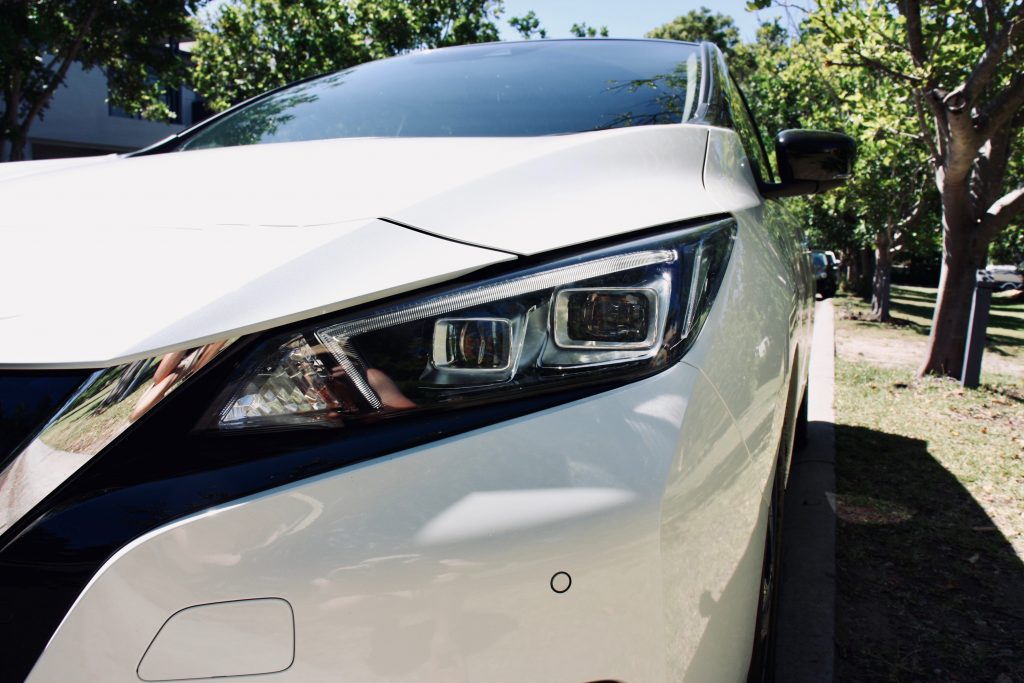
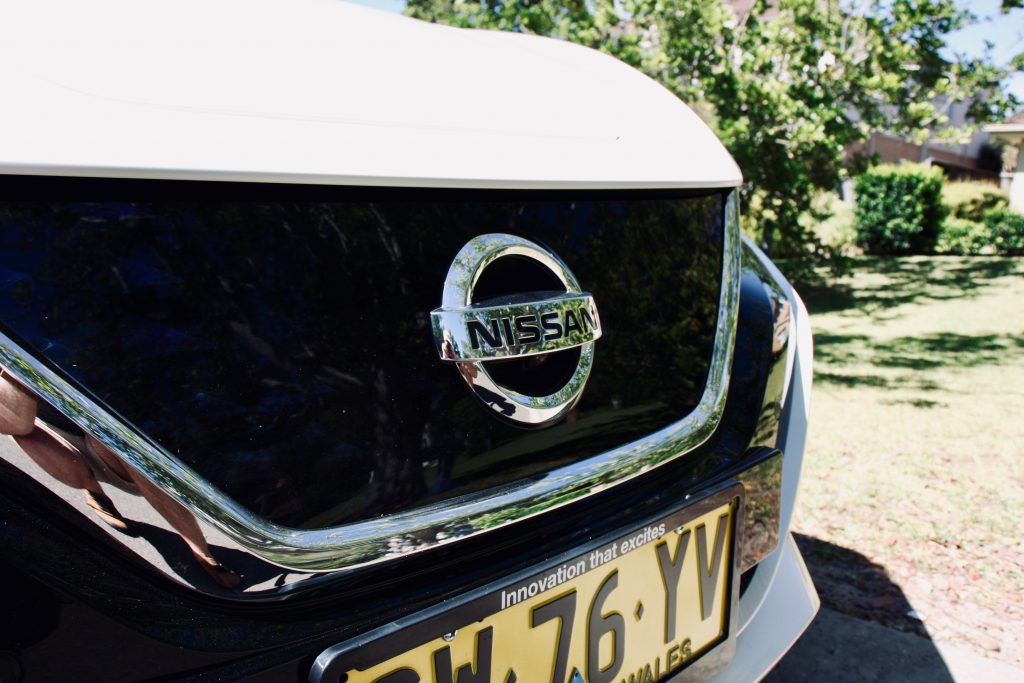
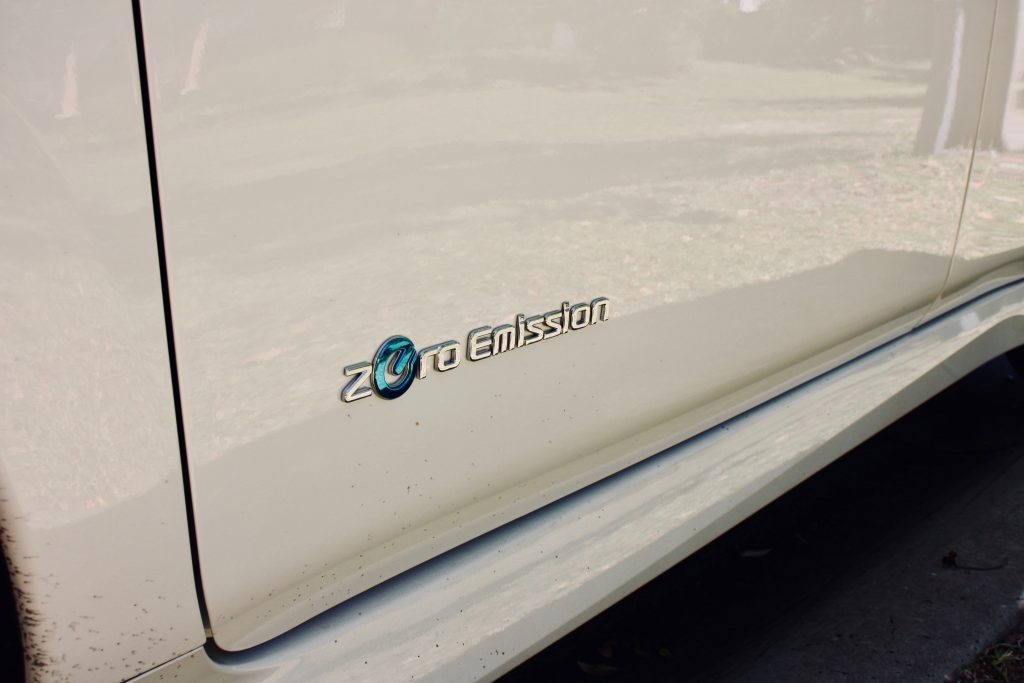
The second generation landed in 2017 with more safety technology, less polarising styling and improved range. That improved range makes today’s Leaf more practical for those who want to venture further than your local government area (if COVID allows you). We spent some time with the 2021 Nissan Leaf 40kW to see if it can quash the range-anxiety qualms of electric car skeptics.
Price & Specs: 7/10
Let’s not beat around the bush: like any new technology, electric cars are going to be more expensive to buy than traditionally-powered cars. And without any government incentives like other parts of the world receive (although that is set to change in New South Wales and Victoria), it can be jarring to see a non-premium small hatchback set you back more than $50,000. But can you really put a price on our planet?
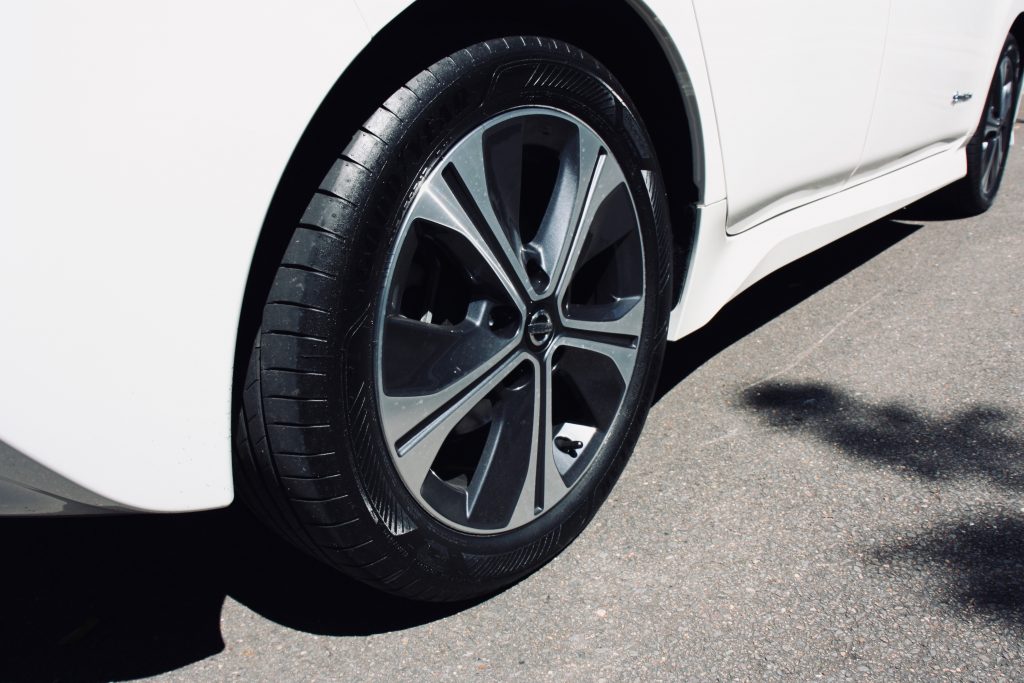
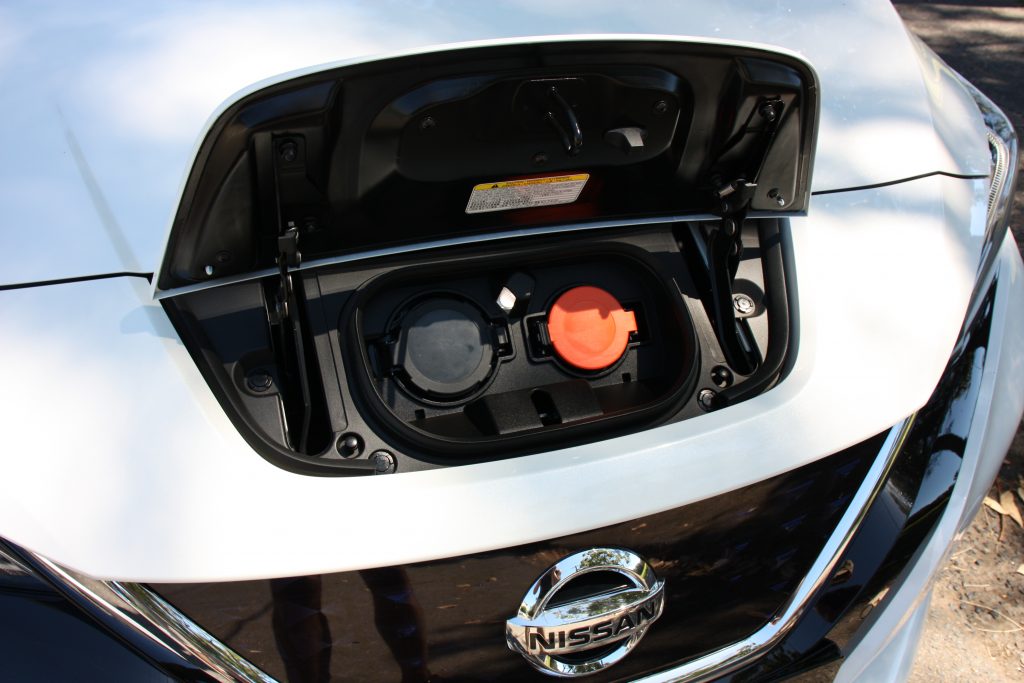
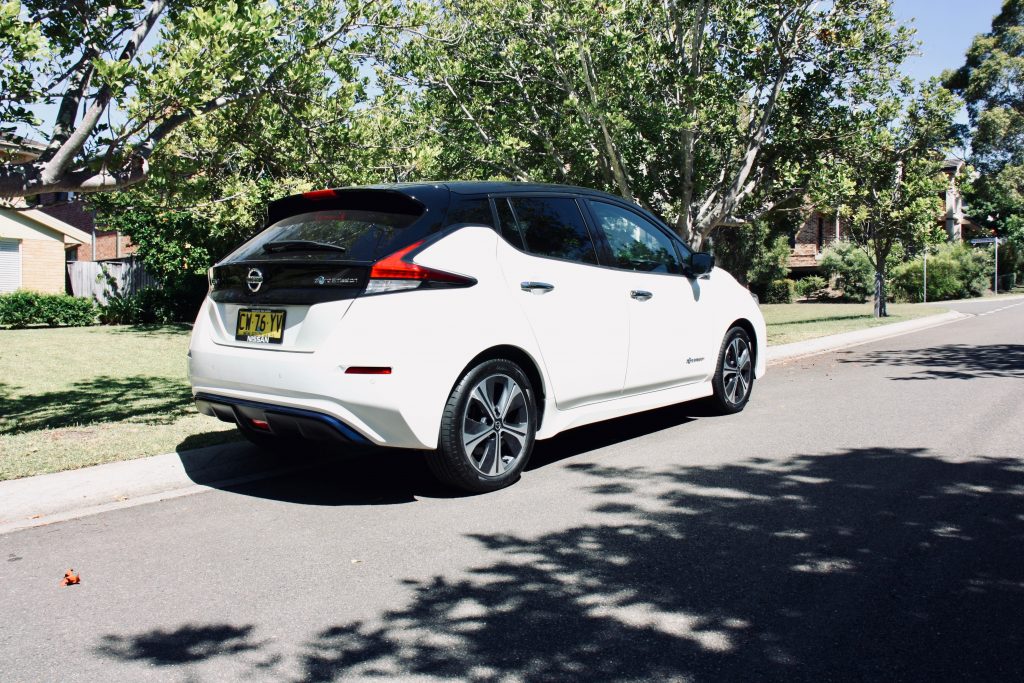
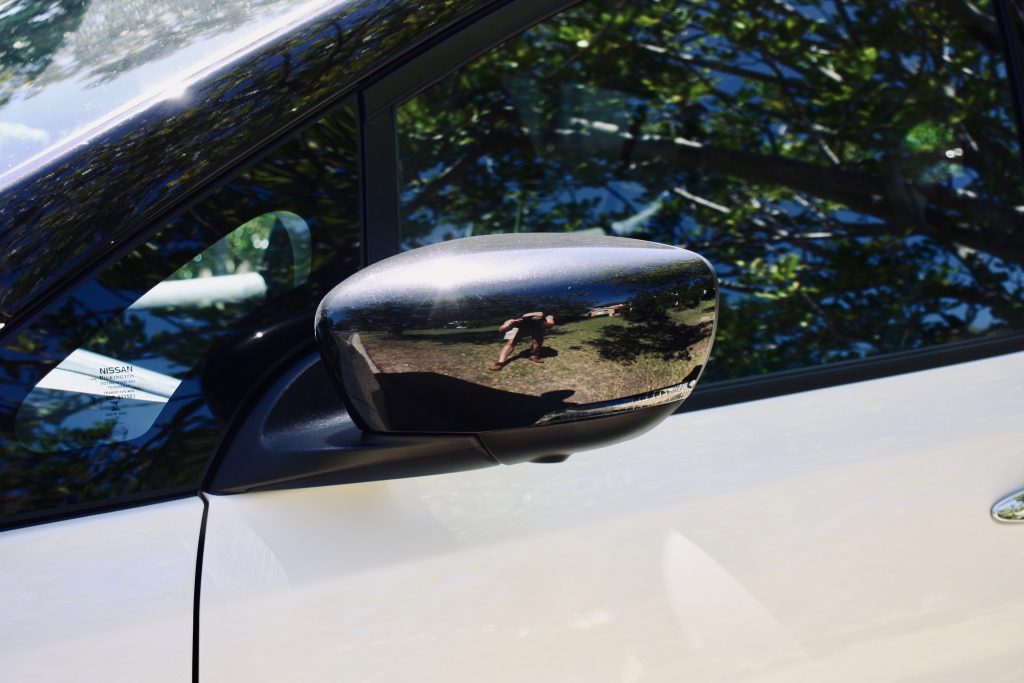
The 2021 Nissan Leaf is offered in two models in Australia: the standard model that we’ll be testing, which Nissan calls the Leaf 40kW, and the longer range Leaf e+ 62kW. The latter adds a more powerful motor and a larger battery pack over the standard Leaf.
Priced from $54,194 drive away, the standard Leaf includes features such as 17-inch alloy wheels, LED headlights with LED daytime running lights, front and rear fog lights, auto lights and wipers, heated and auto-folding mirrors, keyless entry and start, an 8.0-inch touchscreen with inbuilt satellite navigation, Apple CarPlay and Android Auto, digital radio, part-Ultrasuade/part-leather upholstery, heated front and outboard rear seats with a heated steering wheel, a seven-speaker Bose sound system, privacy glass, an auto-dimming rearview mirror and single-zone climate control.
Safety equipment includes six airbags, auto emergency braking (AEB) with pedestrian detection, lane keep assist, lane departure warning, blind-spot monitoring with rear cross-traffic alert, adaptive cruise control, auto high beam and, because it’s a silent electric vehicle, a vehicle sound so that pedestrians don’t walk in front of it.
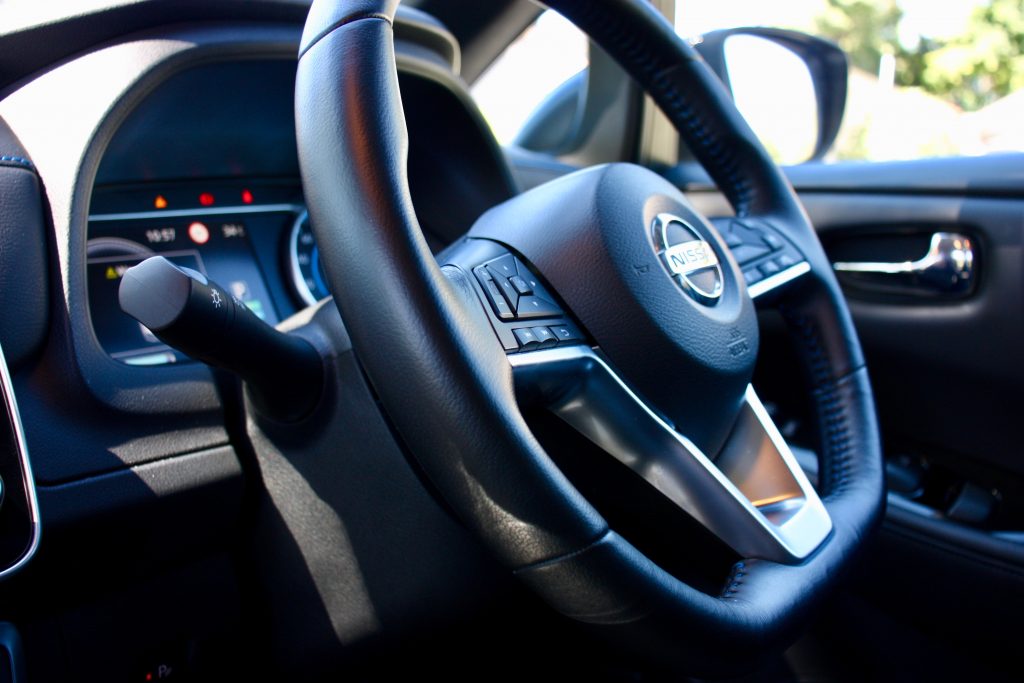
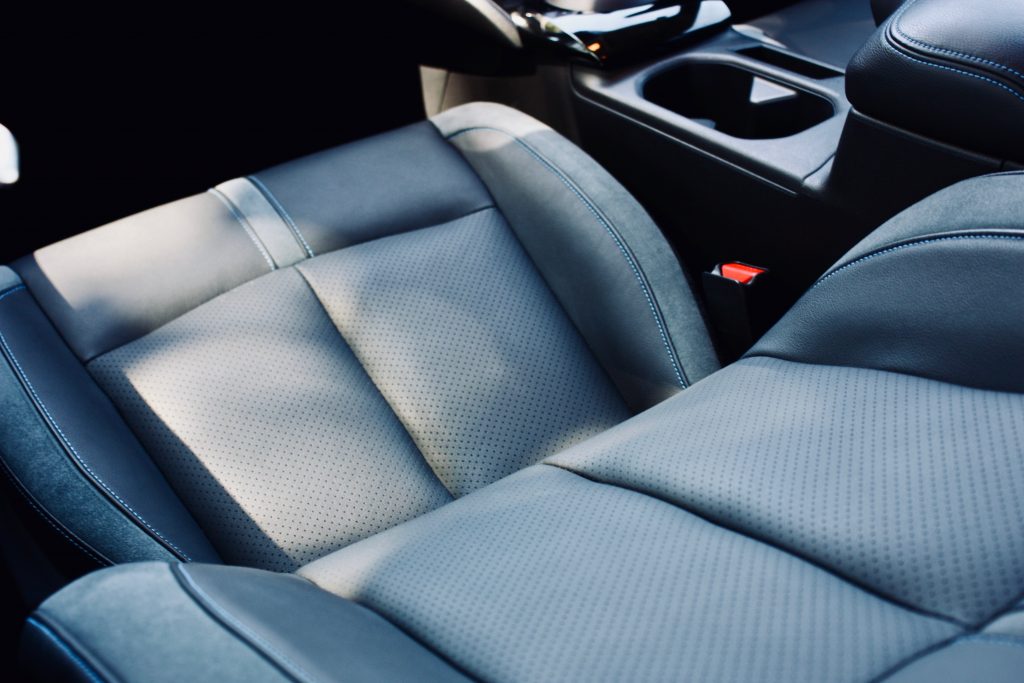
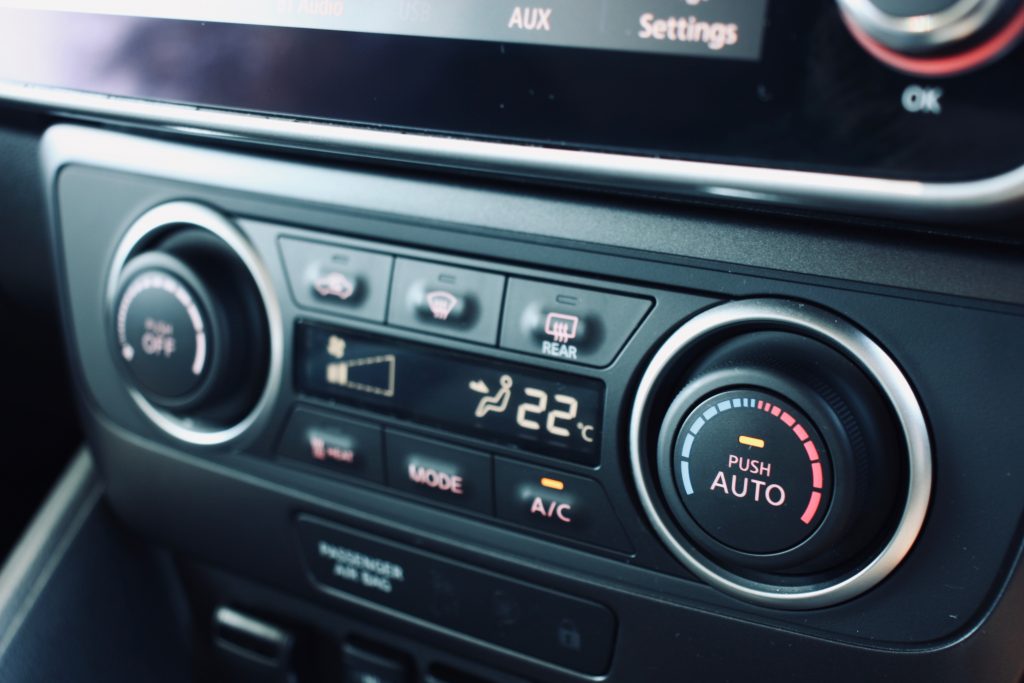
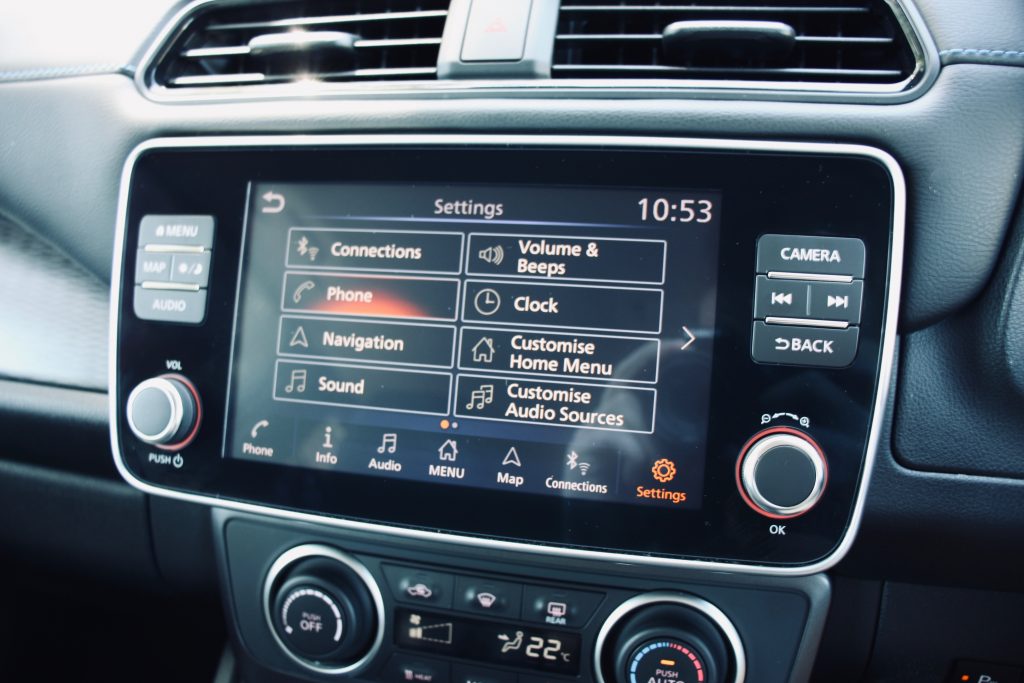
The Leaf e+ will set you back $64,990 drive away and adds a larger 62kWh battery pack, a more powerful 150kW electric motor and blue front bumper inserts. While both models come equipped with fast charging, the 40kWh model only allows for DC charging up to 50kW, helping the Leaf go from 20 to 80 percent in just 60 minutes. The 62kWh model’s DC charging is rated up to 100kW, which will charge to 80 per cent in just 50 minutes – stay tuned for that review coming soon.
The one solid paint finish for the 2021 Nissan Leaf range is ‘Arctic White’, while premium options for an extra $595 include ‘Magnetic Red’, ‘Vivid Blue’, ‘Pearl Black’, ‘Platinum Silver’, ‘Gun Metallic’ and ‘Ivory Pearl’, which is paired with a black roof ($990), while ‘Vivid Black’, ’Magnetic Red’ and ‘Gun Metallic’ can also be had with the black roof.
Although there aren’t many other electric hatchbacks on the market currently, the Hyundai Ioniq Electric happens to be priced at $54,416 drive away. How convenient. For penny pinchers, Australia’s cheapest EV is the MG ZS EV SUV – which undercuts the Leaf’s entry point with a competitive $44,990 drive away. Both alternatives offers water-cooling for their batteries – the Hyundai’s rated at 38.3kWh and the MG’s at 44.5kWh – which means they should reach their claimed ranges more consistently even on the hottest of Australian days.
Performance & Economy: 7/10
The 2021 Nissan Leaf 40kW comes equipped with a 110kW/320Nm electric motor that deals with 0-100km/h in a brisk 7.9 seconds. Not bad for an eco warrior, hey? Even better than its almost-warm 100km/h dash is the way the car behaves in urban environments. It never feels sluggish or lazy, even when driving around in eco mode the linear acceleration is more than enough to satisfy most drivers. Take it off the default eco mode and the accelerator becomes noticeably more direct, allowing the humble little Leaf to pick up pace with more enthusiasm. Jetting off from the lights with little more than an electric whir can be rather addictive. Just be weary of your charge levels as flogging the Leaf sees the battery drain very quickly.
“It never feels sluggish or lazy, even when driving around in eco mode the linear acceleration is more than enough to satisfy most drivers.”
The Leaf’s party trick an e-Pedal switch that dials up the regenerative braking to the point that you almost never have to reach for the brake pedal. Sure, it’s not unique to the Leaf, but it’s one of those features that makes an electric car a joy in day-to-day driving. Pair single-peddle driving with the instantaneous torque and it’s easy to see how an EV just makes sense in the city and urban commuting. Flick that (decidedly awkward) gear selector into D or B and go. No gearing to worry about or clutches to engage – the single ratio gearing just gets the job done without a fuss. It only begins to run out of breath as you creep closer to 110km/h and at those speeds the efficiency starts to deteriorate notably.
Using normal wall socket, the Leaf will take more than 24 hours to charge from empty to full. Truth is, most owners will install a wall box at home that will reduce that to anywhere from seven to 10 hours. In terms of realistic range, we averaged about 250km to a full charge in and out of eco mode and with liberal use of automatic climate control.
By comparison, the Hyundai Ioniq Electric managed 280km compared to its claimed range of 311km. That may be a notably greater dip from its claim but it is worth remembering that an EV’s efficiency varies more from driver and driving conditions than an internal combustion engine. Overall, we were impressed by the Leaf’s consistency despite the hot conditions during our testing and the air-cooled battery.
Ride & Handling: 8/10
The Leaf doesn’t have even try to pretend to be sporty but proves to be a rather charming unit behind the wheel. While some of Nissan’s core models like the X-Trail might leave (or is that leaf?) keen drivers wanting in terms of ride and handling, the Leaf strikes an excellent balance between the two.
It’s firmer than you’d expect – presumably a result of the the suspension trying to mask the Leaf’s porky weight – but it still allows for enough suspension travel to cope with our Aussie roads. It never feels harsh and larger bumps never crash through to the cabin. If anything, the hefty Leaf feels more stable than you’d expect at higher speeds. Paired with the hushed drivetrain and reasonably insulated cabin, it makes for a pretty handy cruiser.
“It’s firmer than you’d expect – presumably a result of the the suspension trying to mask the Leaf’s porky weight – but it still allows for enough suspension travel to cope with our Aussie roads.”
Pressing on through corners will see it start to lean and squeal as the eco tyres hang on for dear life. The steering is precise but ultimately lacking in any feedback. In a spirited run we found the Leaf to handle neatly before giving into to predictable understeer. Drive it any harder and really this isn’t the car for you.
The Nissan Leaf benefits from the same low centre of gravity as we experienced in the Hyundai Ioniq. Both are sure footed if not thrilling but, if behind-the-wheel spice is what you’re after, you’re better off looking at the recently discounted Tesla Model 3 Standard Range Plus.
Interior & Practicality: 6/10
Inside the 2021 Nissan Leaf is a bit of a mixed bag. Some elements are modern, cool and techy but others feel plain old fashioned. Step inside and the first thing you’ll notice is the lovely black leather and grey Ultrasuade upholstery covering the seats. The seats, along with the centre arrest and dashboard, feature blue stitching to match the ‘Zero Emissions’ logo outside the car as well as the previously mentioned gear selector. The stitched portion of the dash is covered in a soft, leather-like material but the rest of the ambience is let down by hard, cheap-feeling materials. Yes, we understand that cars like these are designed and finished to be affordable, but when you’re paying north of $50K for a hatchback it would be nice for it to feel a bit more special.
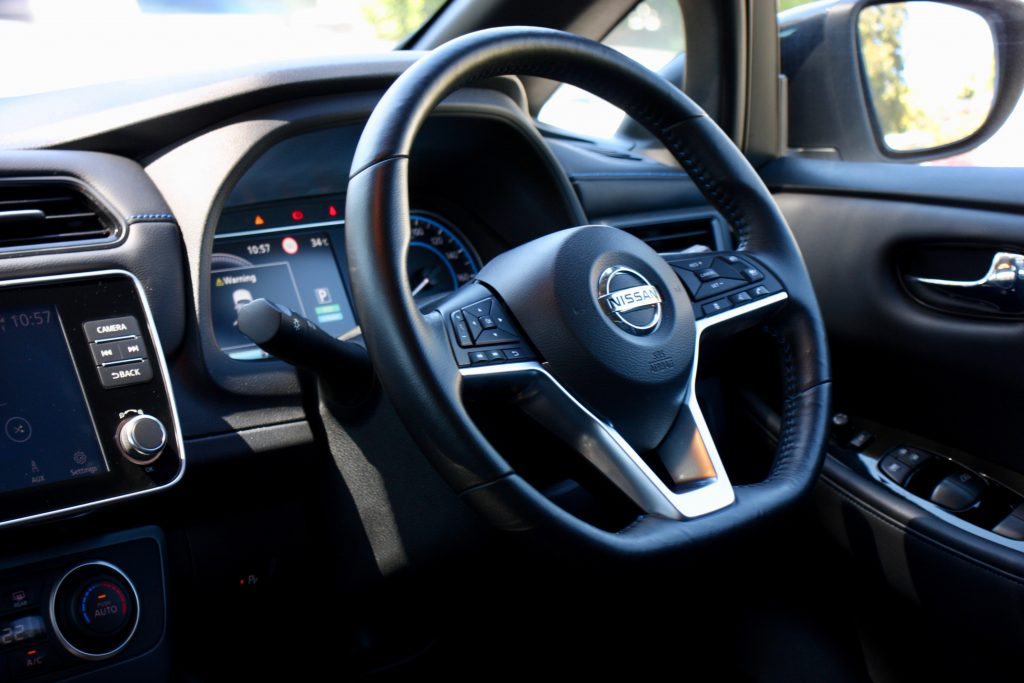
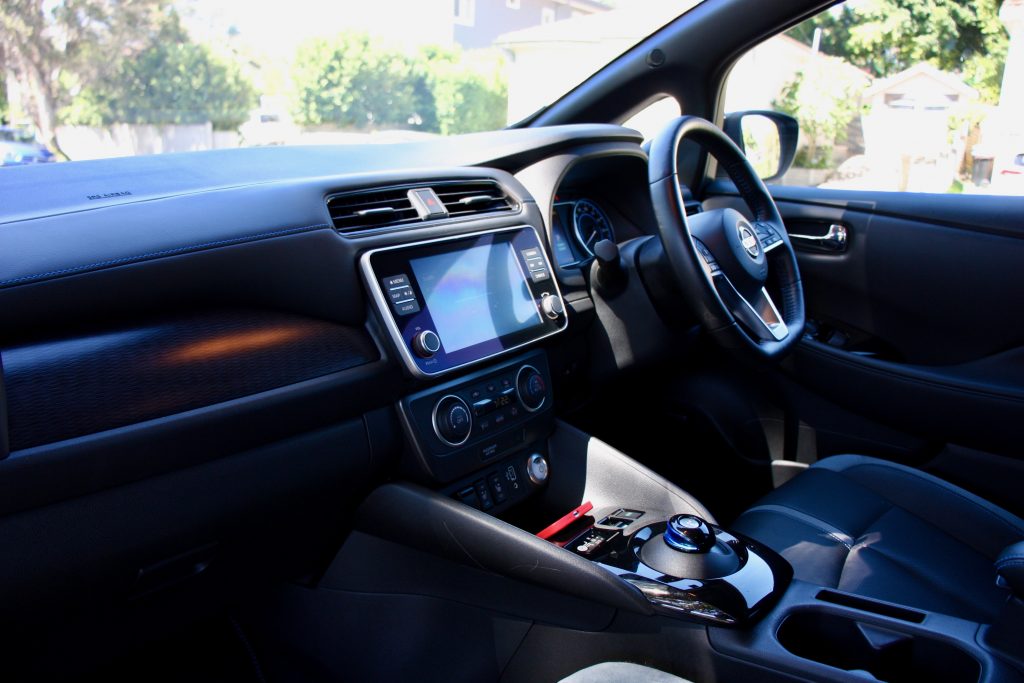
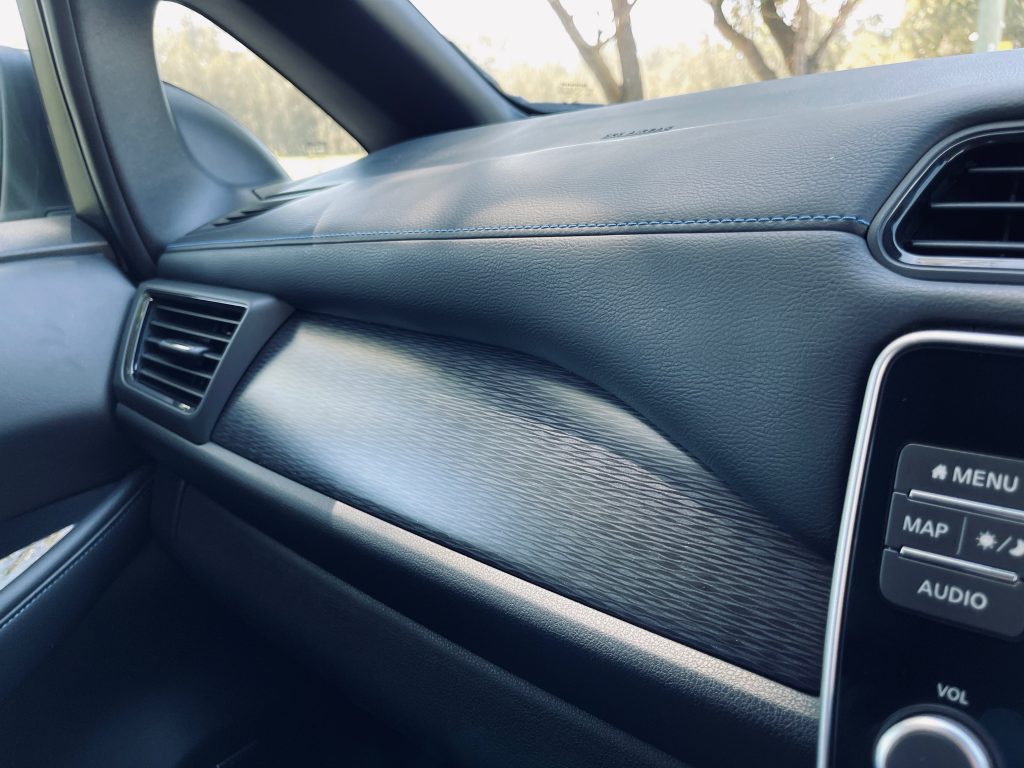
Little details like single-zone climate control, foot-operated park brake (why not have an electric park brake in an electric car?) and the clickity-clack operation of the gear selector all add to the feeling that Nissan has done some cost cutting in the Leaf. It’s hard to imagine another $10K will have you seated in a Tesla.
“Little details like single-zone climate control, foot-operated park brake and the clickity-clack operation of the gear selector all add to the feeling that Nissan has done some cost cutting in the Leaf.”
Looking ahead of the driver, you’re met with handsome steering that feels good in the hand and a part-digital, part-analogue instrument cluster. The latter is thorough enough in the information it provides but feels a bit outdated in a world where digital dials are fast becoming the norm. You can toggle though different screens and menus – including power usage, drivers aids, tyre pressures and media. It’s a shame that you have to rely on the analogue speedo in every mode other than the digital speedo mode and you can’t put maps in the cluster.
The 8.0-inch infotainment touchscreen is another step back in time. The resolution, graphics and response time all leave a lot to be desired, but it ultimately gets the job done. It even displays graphics of the drivetrain, battery levels, energy recuperation and more. It also comes with built-in satellite navigation that will help to locate charging stations – a neat touch when you need some juice. Apple CarPlay and Android Auto goes some way of bringing the dated system into 2021 but on a few occasions we experienced an issue where CarPlay would drop out if you requested an intensive task like using Siri. And with only a single USB port on board, we couldn’t see if it was the port at fault or otherwise.
“It also comes with built-in satellite navigation that will help to locate charging stations – a neat touch when you need some juice.”
In-car storage is sufficient but it would be nice to see some of the space normally used for the transmission tunnel turned into useful storage. Other than the smallish door bins, you really just get a small tray for your phone and two small cupholders. Back seat amenities are also limited to a heated outboard rear seats (with a single controller for the both) and door bins. No USB ports, air vents, or fold-down armrest. At least you can fit two reasonably-sized adults back there without any complaints.
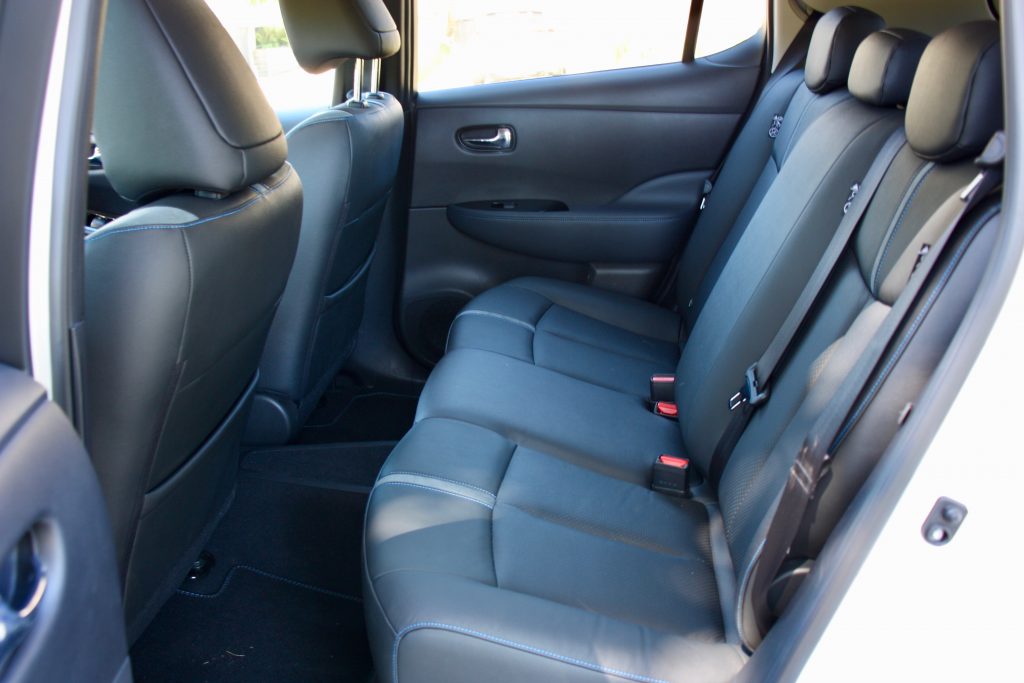
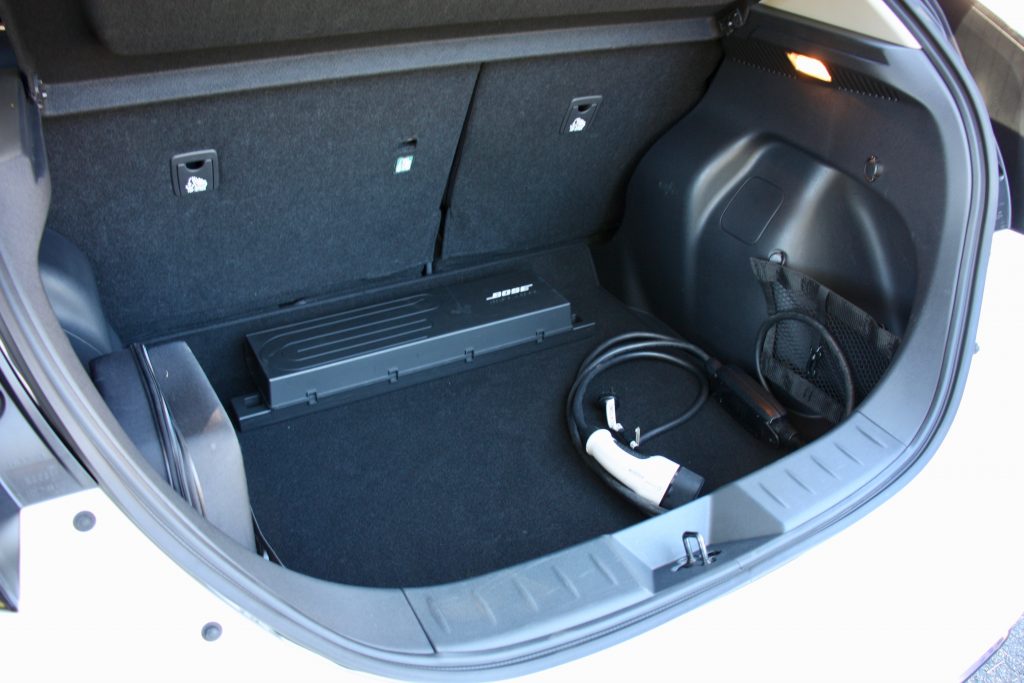
The boot is a decidedly handy 440 litres but the fixed Bose subwoofer protrudes out from the floor. On top of that, folding the rear seats reveals 1,161L but is further hindered by hump for when you’re loading cargo. Offering a modular floor that can raise to cover the subwoofer and create a flat load area would’ve made for a more useful space. At least the charging cords get a neat netted area to the side of the boot.
Running Costs & Warranty: 8/10
Buying an electric car might not agree with your wallet initially, but the Leaf proves that it’ll cost next to nothing to run. We’ll ignore the cost of charging as it will vary depending on whether you charge at home, use public charging stations, whether you have solar, and so on. Servicing, on the other hand, is easy to compare apples and Leafs.
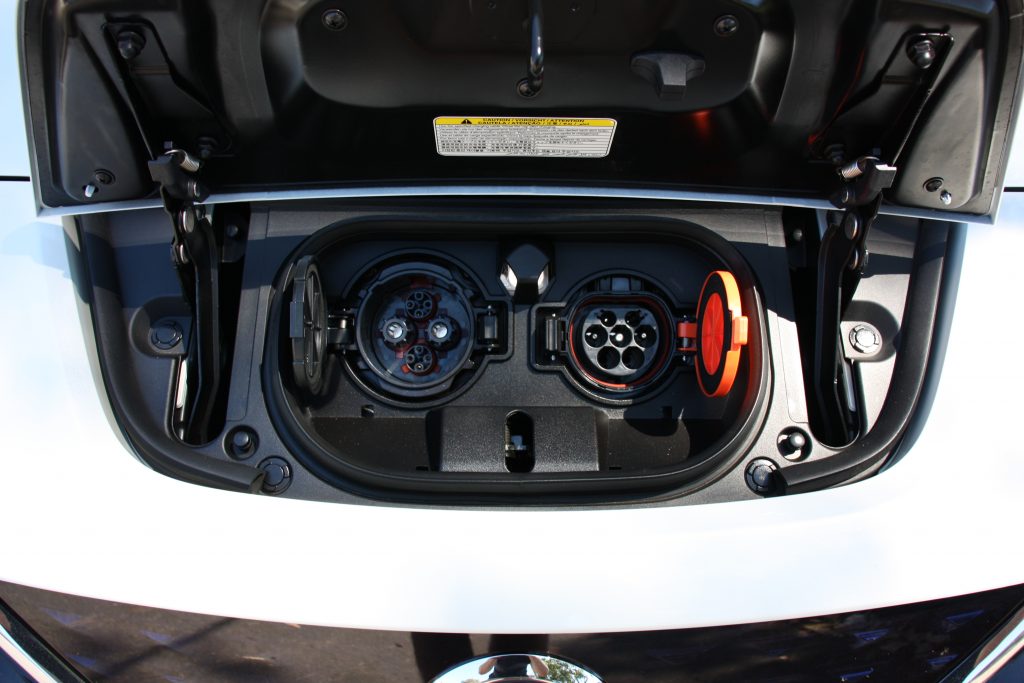
The Leaf requires visits at the dealership either annually or every 20,000km, which ever comes first. With Nissan’s capped price servicing over the first fives years or 100,000km, the Leaf will set you back just $1,388. That equates to around $278 per service. That compares favourably with most petrol-powered hatchbacks, save for the Toyota Corolla.
Along with Nissan’s five-year and unlimited kilometre warranty, the battery is also covered for eight years or 160,000km. And should you run out of charge, Nissan’s five years of roadside assistance will be there to help.
2021 Nissan Leaf 40kW DiscoverAuto Rating: 7.2/10
The 2021 Nissan Leaf is something of a pioneer. It might not be the most exciting to look at or drive, and kids might not have posters of it on their walls, but the Leaf played an important role in making the electric car a feasible option for those who want to reduce their carbon footprint.
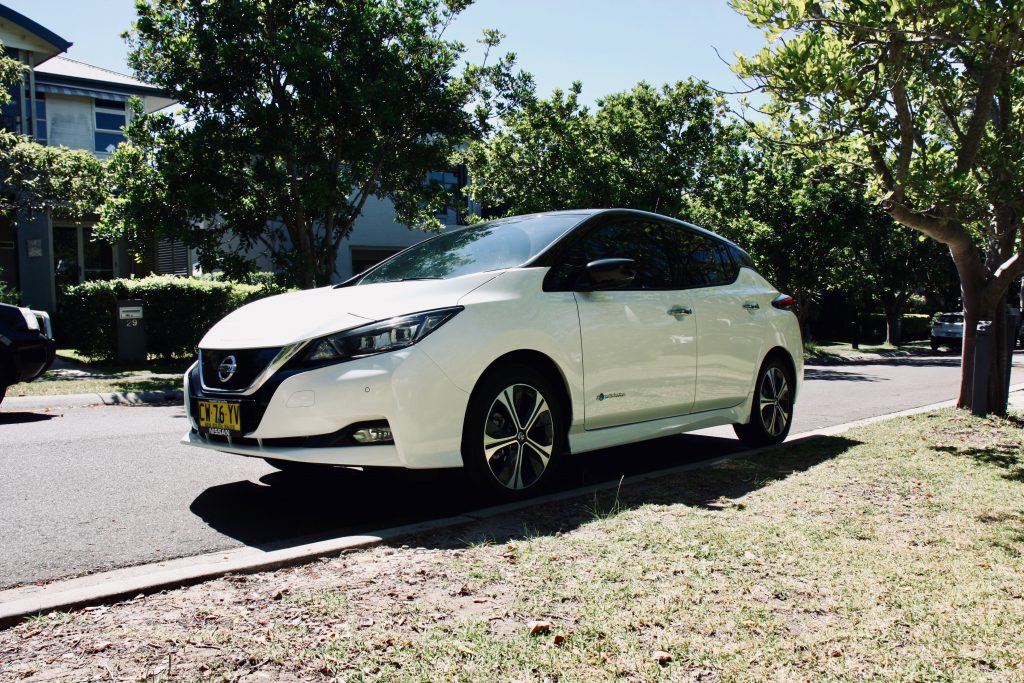
Yes, it’s cabin has fallen behind its competitors in terms of technology and finish but it still offers everyday usability and a solid, reliable range for an attainable price. The addition of the Leaf e+ 62kW will only strengthen the Leaf’s appeal, but will the price hike put it in a bracket with more convincing alternatives? We’ll just have to wait and see.
More: More Electric Car New and Reviews
More: Latest Nissan News and Reviews
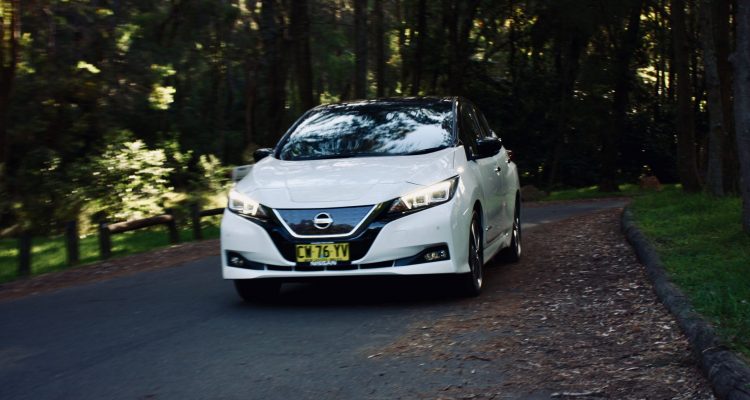
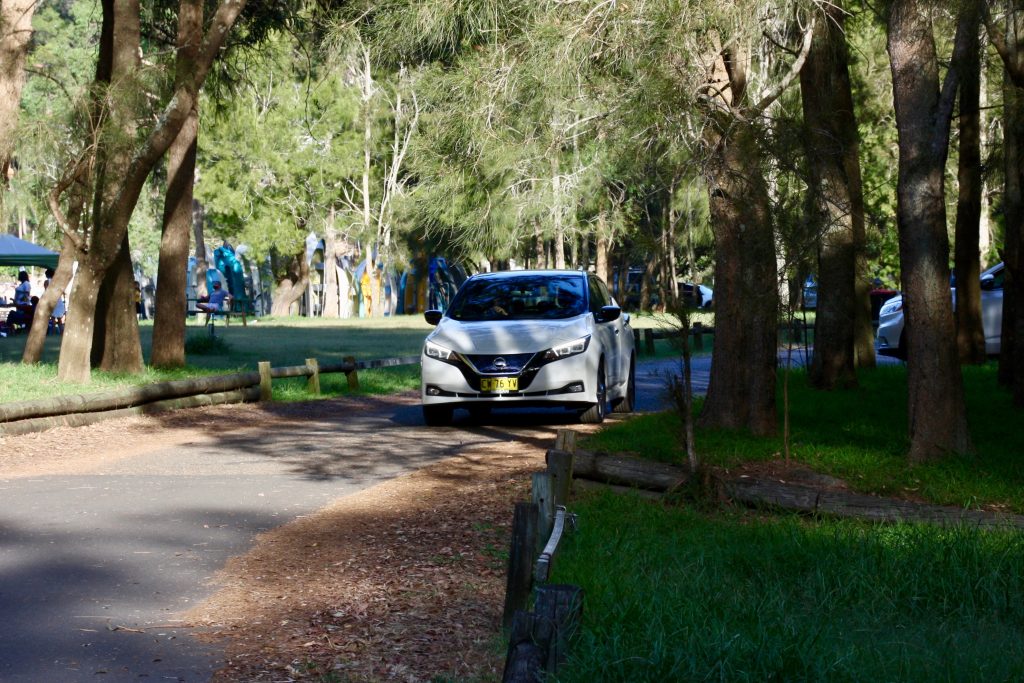
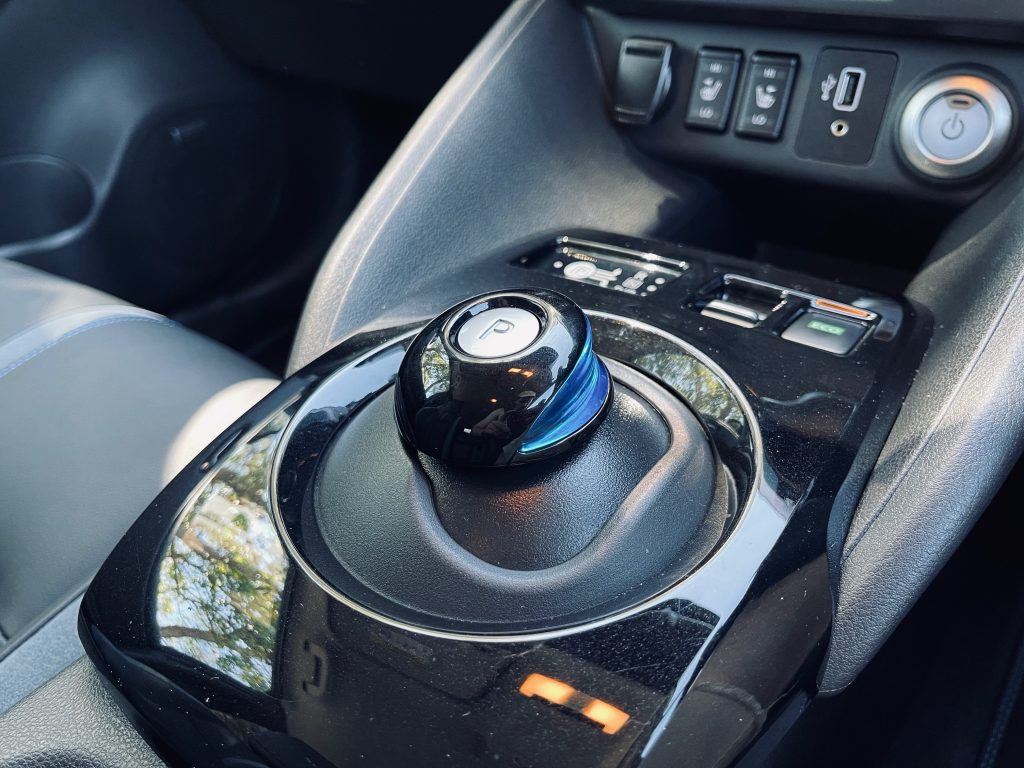
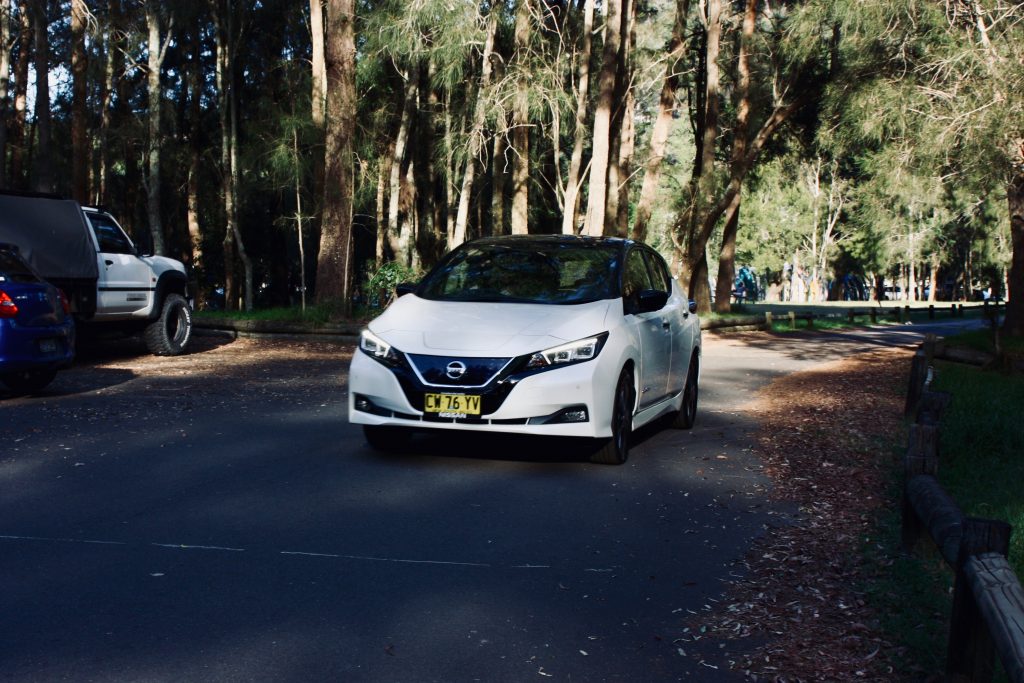
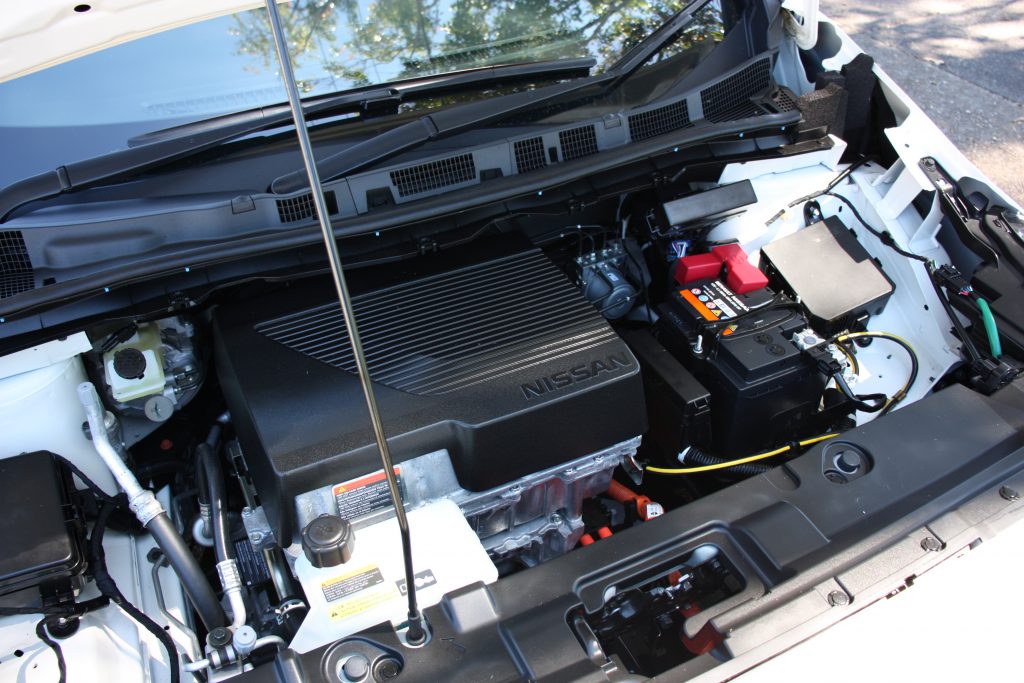
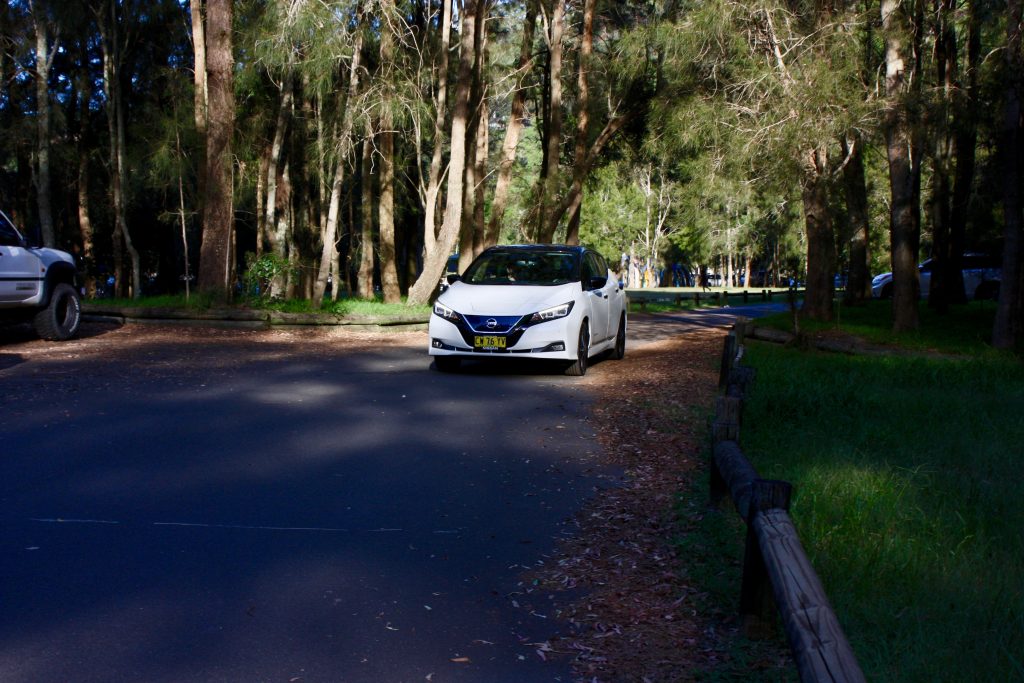
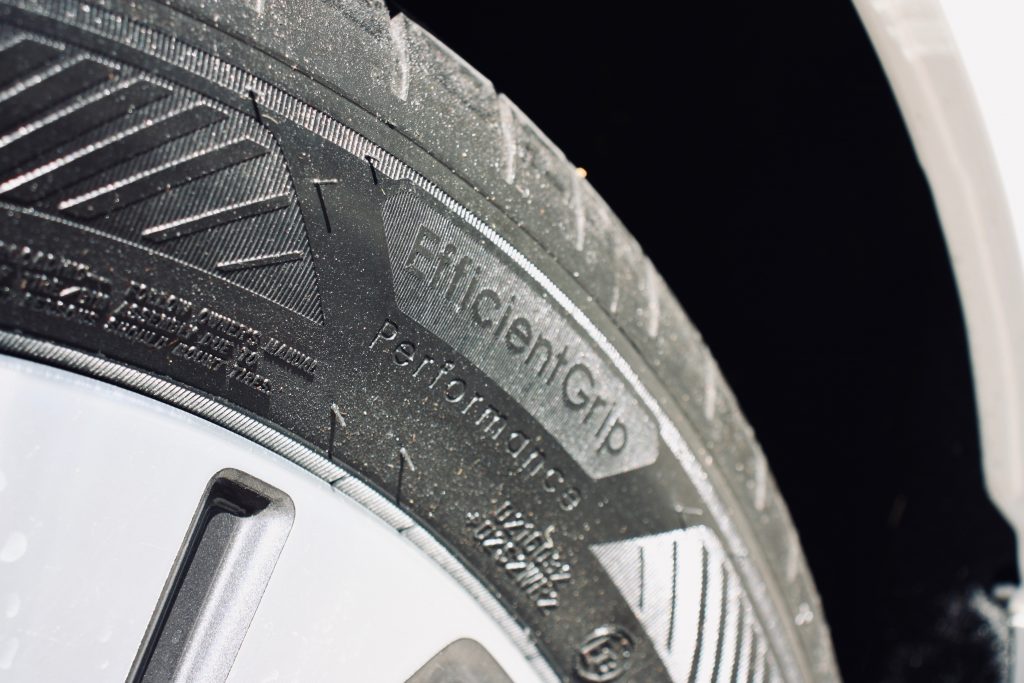
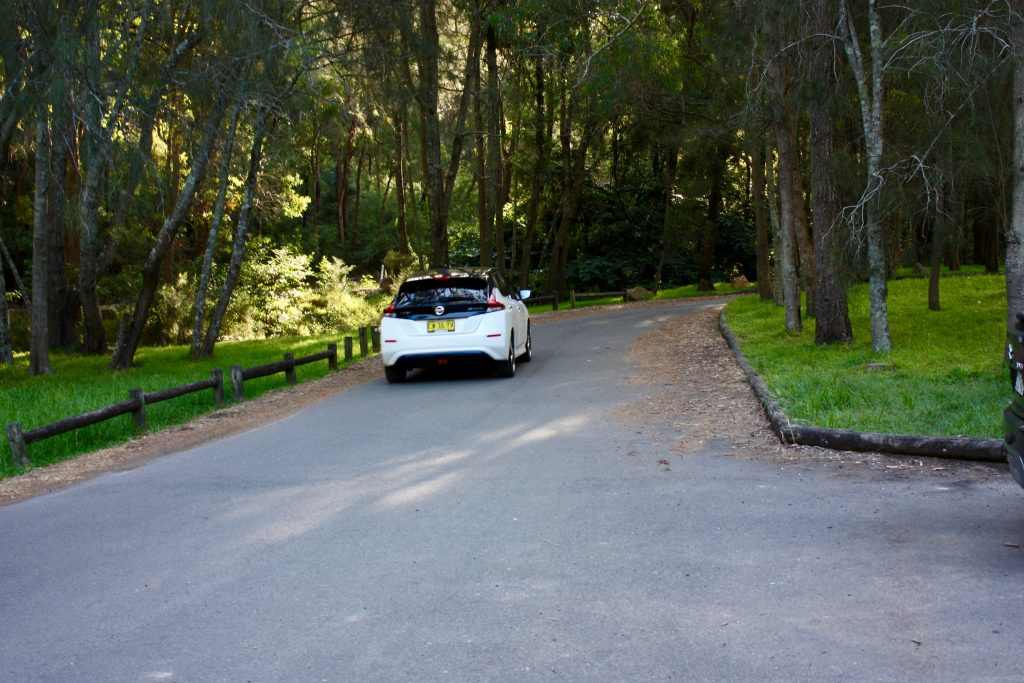
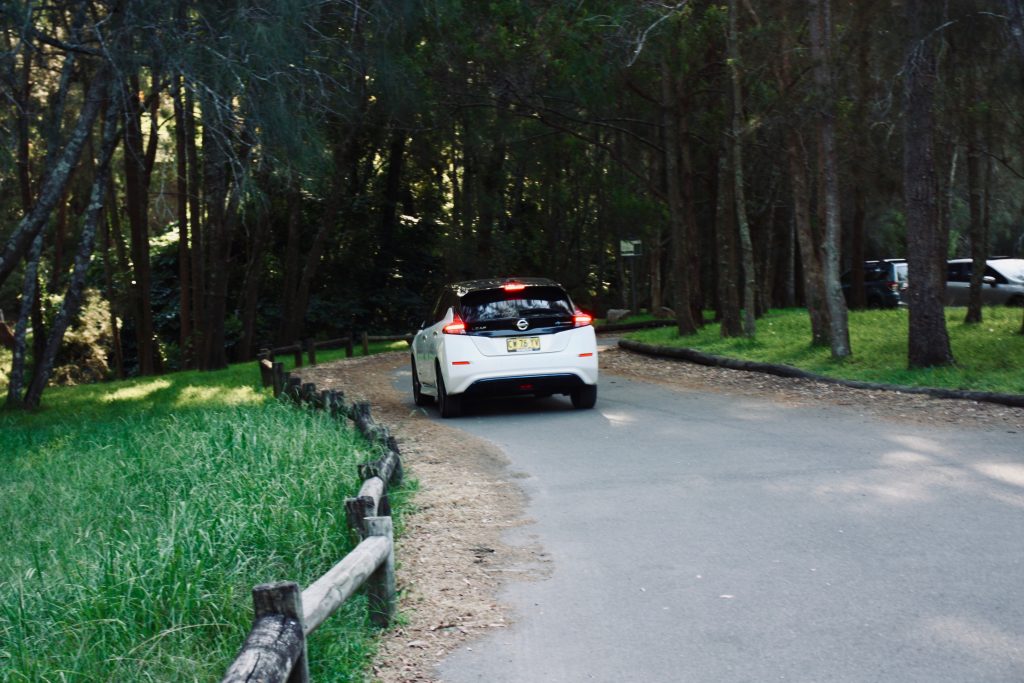
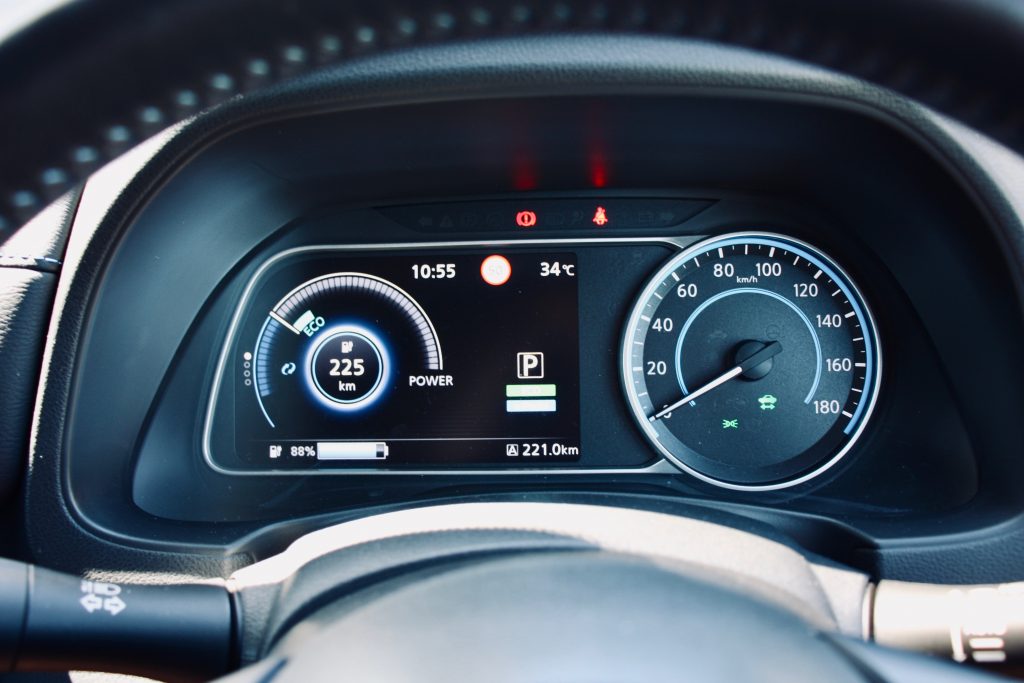
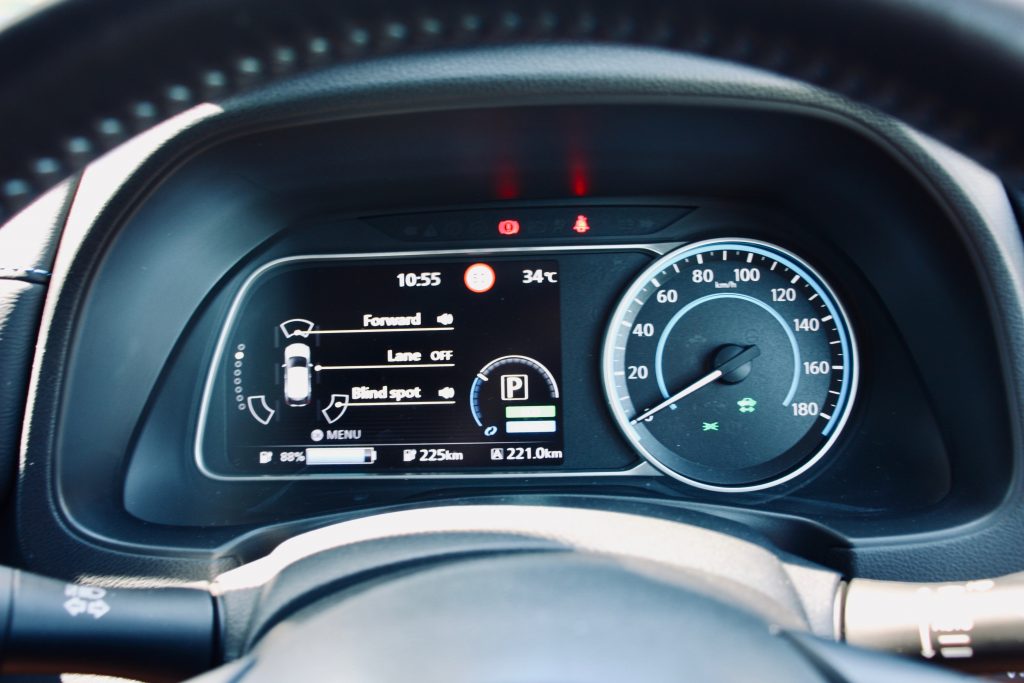
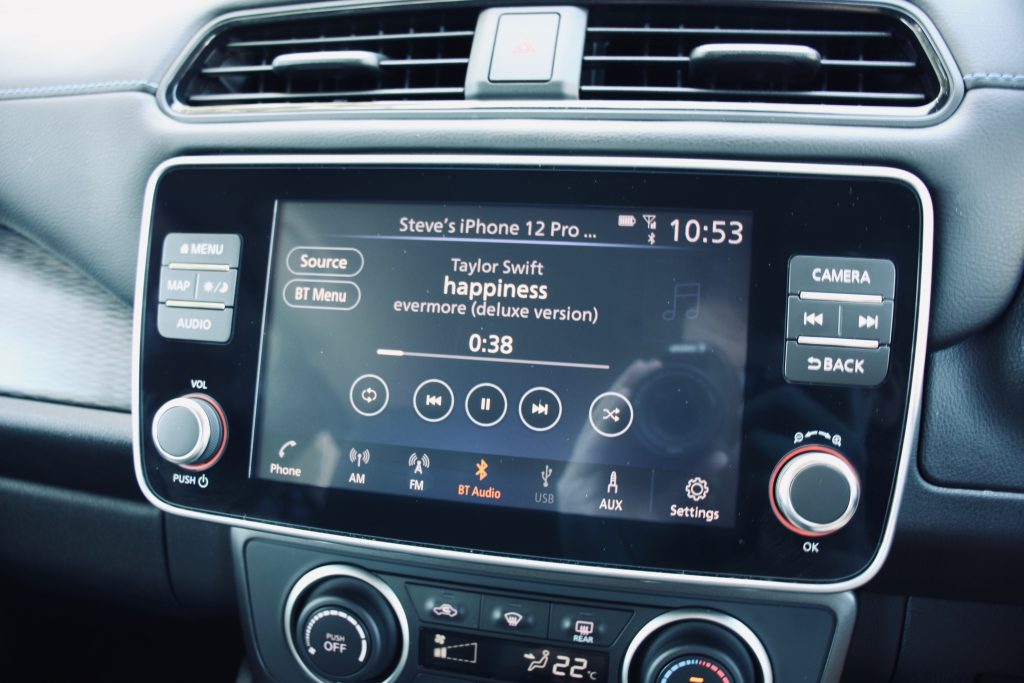
Leave a Reply